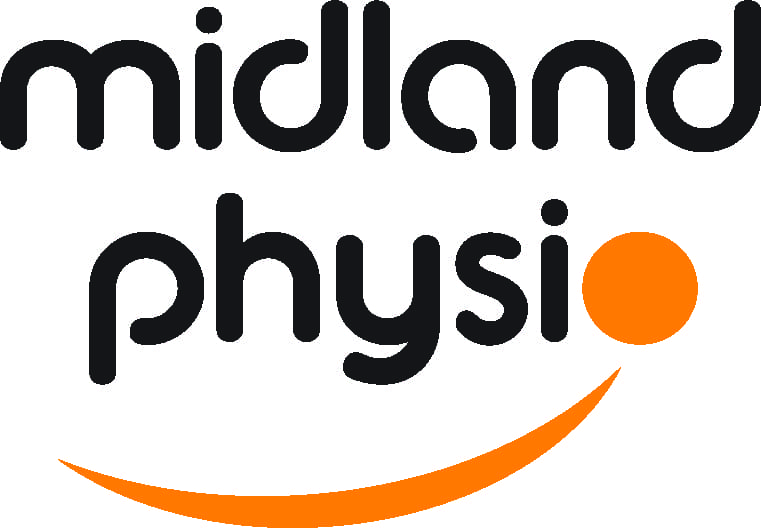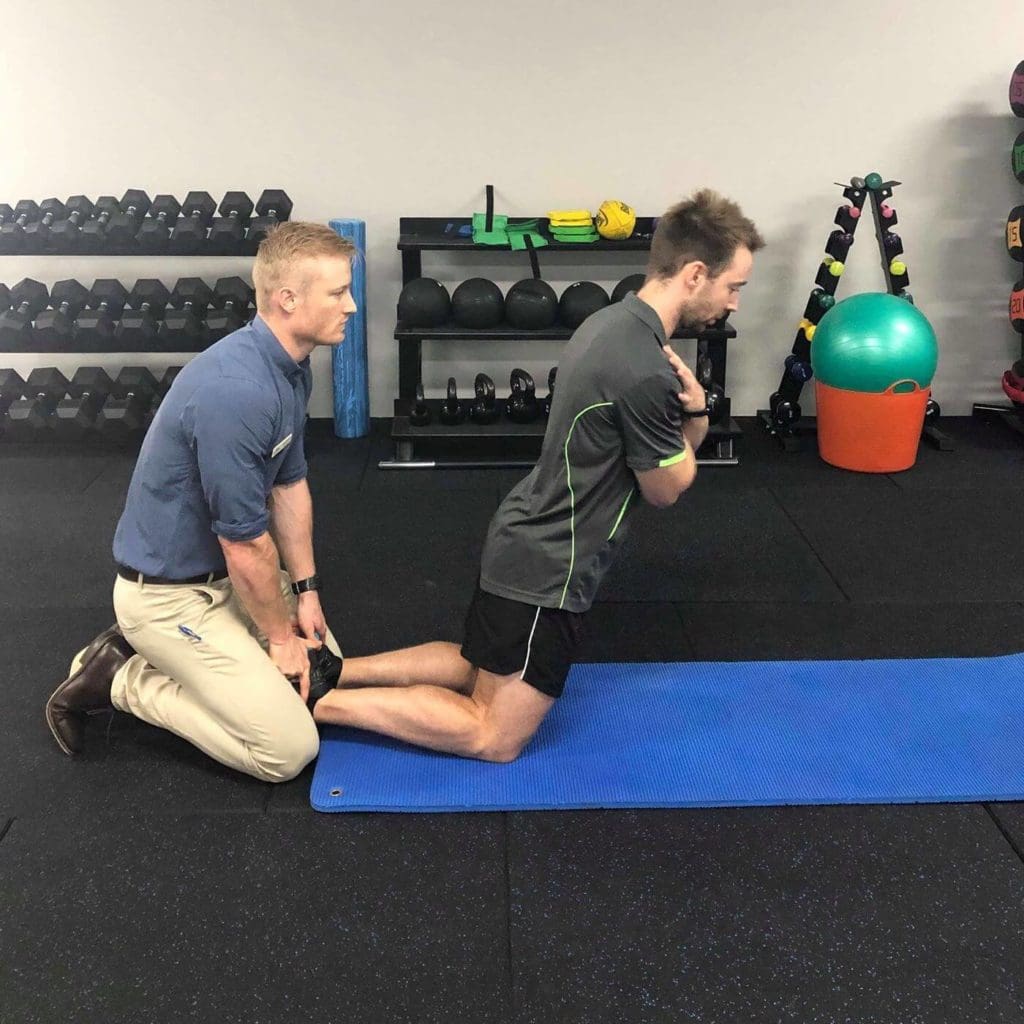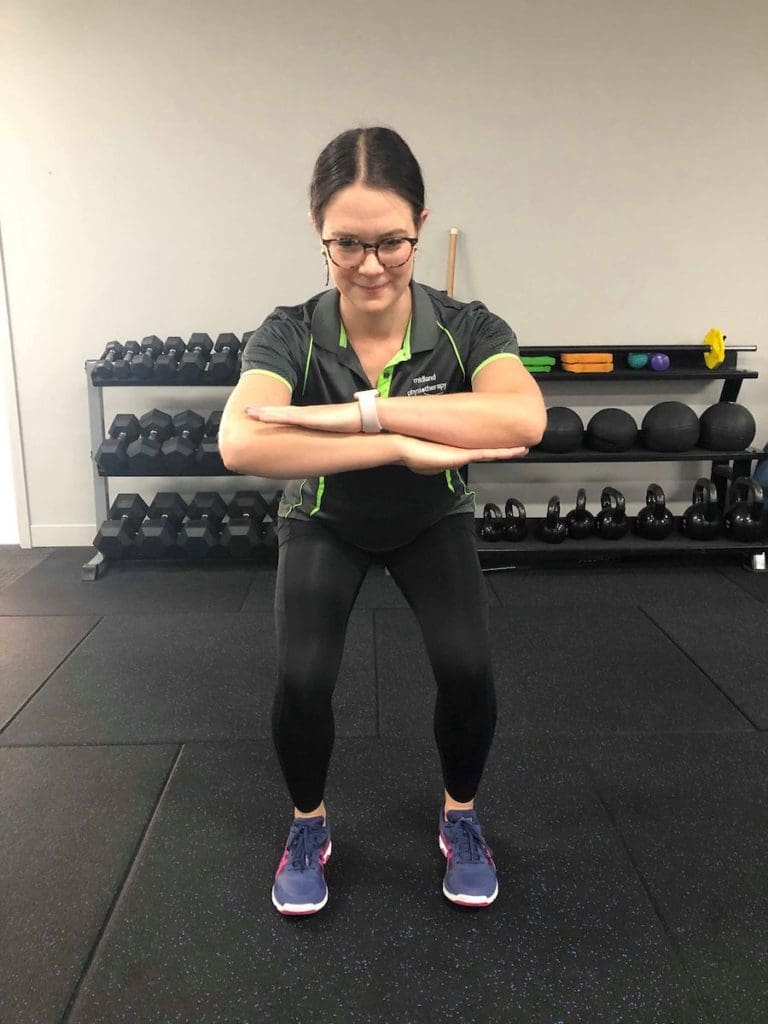
In the majority of cases, exercising during pregnancy is not only safe, but provides numerous benefits for both mum and bub.
Benefits of exercising during pregnancy
Just like during all stages of our lives, exercise during pregnancy is vital to ensure not only our physical but also our mental health. Research has shown that regular exercise during this time can have the following benefits:
- Improved physical fitness
- Prevention and management gestational diabetes
- promotes healthy maternal weight gain
- Reduced risk high blood pressure
- Reduced risk lower back and pelvis pain
- Improved feelings of well-being
- Reduced insomnia and improved sleep quality
- Reduced risk caesarean section delivery
- Reduced risk of need for instrumentation during delivery
- Better coping and reduced pain relief requirements during labour
But with so many mobile apps, online programs and social media ‘influencers’ out there, it can become confusing as to what you should and shouldn’t do!


How much should I do?
International guidelines recommend that previously active women with a non-complicated pregnancy should aim for 150-300 minutes of moderate intensity aerobic exercise per week – sounds like a lot doesn’t it! But thankfully when you break it down it makes it 30-60 minutes, 5 days per week.
To maintain muscular strength and joint health an additional two sessions of light to moderate intensity strength training per week. Body weight or exercises using light dumbbells are best. If you’ve previously been doing strength training make sure your drop your weights down.
What is ‘moderate’ intensity?
It can be tricky to monitor intensity during pregnancy as your heart and breathing rate are both likely to be a little higher than normal. The best measure is the ‘talk test’ which means are exercising at an intensity where you could maintain a conversation but not sing (luckily females are good at doing two things at once!).
For strength exercises you need to make sure you can breathe through the exercise and that it isn’t causing any bulging or popping of your tummy muscles or pelvic floor symptoms (eg. leaking or feelings of heaviness or dragging).
What should I do?
This answer is easy – what you enjoy! There are certainly some activities and forms of exercise that are best avoided during pregnancy such as those where you have a risk of falling (eg. horse riding, bike riding, skiing), those where you may overheat (eg. hot yoga, hot pilates), and contact sports or risk of abdominal trauma (eg. netball, soccer, hockey, heavy weight lifting). However generally any kind of movement is beneficial – walking, swimming and low impact exercise can all be fantastic ways to achieve the recommended exercise dose.
Tips for getting started
- Get the tick of approval – it is always recommended that you obtain medical clearance from your consultant (GP or obstetrician) before embarking on any exercise program.
- Start slow – if you haven’t exercised much before falling pregnant, now can be a fantastic time to start, however it is recommended that you start more gradually (eg. maximum 15 minute sessions) and be guided by an experienced health care professional such as a physiotherapist.
- Use apps – for easy pelvic-floor and pregnancy safe exercise options that you can do at home visit pelvicfloorfirst.org.au or download the free app.
Introducing our new Mum2Be classes!
If you still aren’t sure where to start, or if you just want an amazing pregnancy-safe workout, then come and join our new antenatal exercise class – Mum2Be! Programmed by our Pelvic Health Physio Caris and run by our amazing Pilates Physio Paige, this one hour small group class is a well-rounded mix of strength, cardio, education and pelvic floor and lower abdominal exercise.
For more information please click here.






